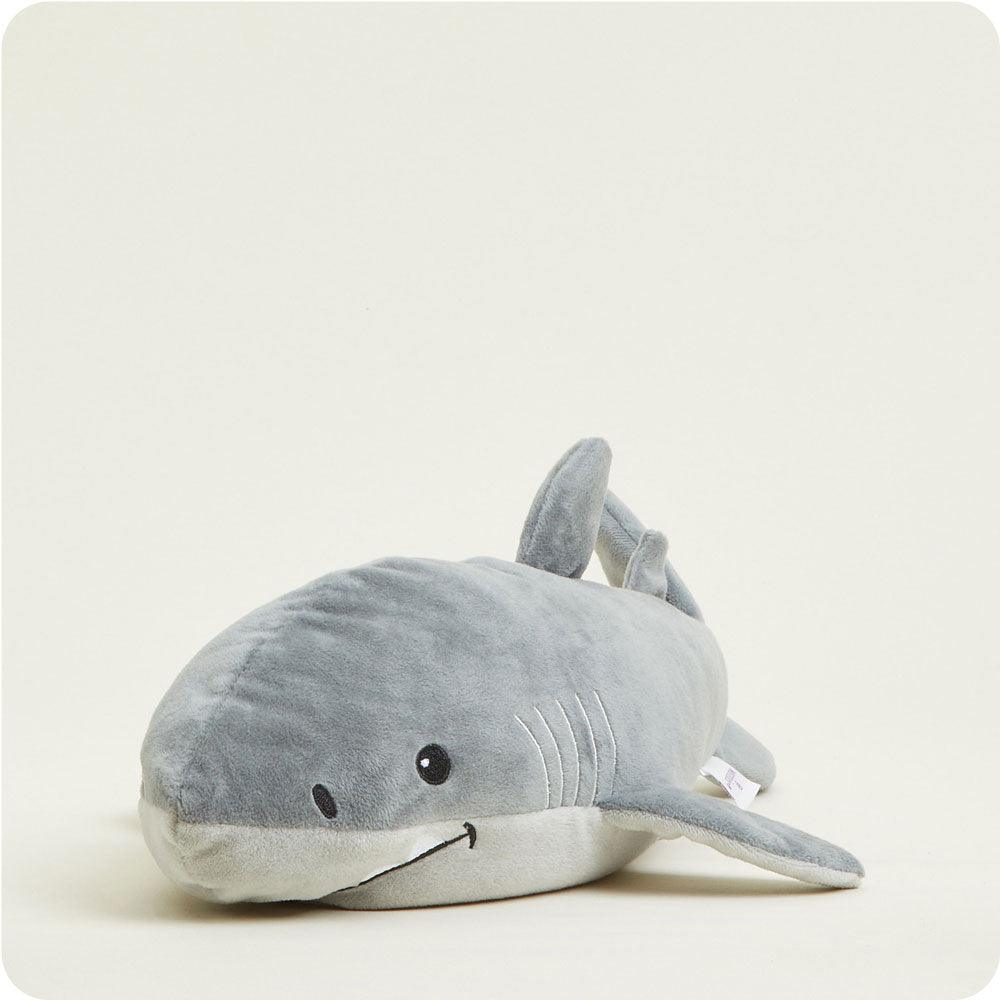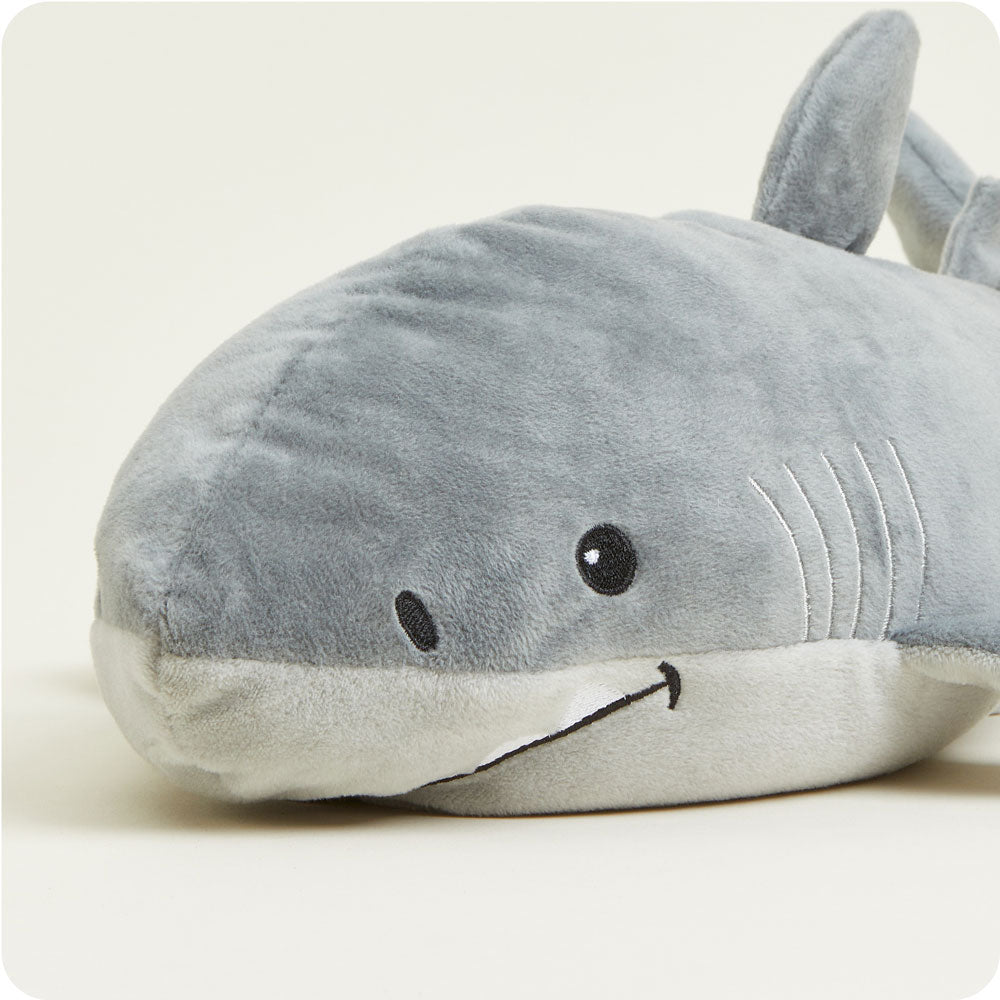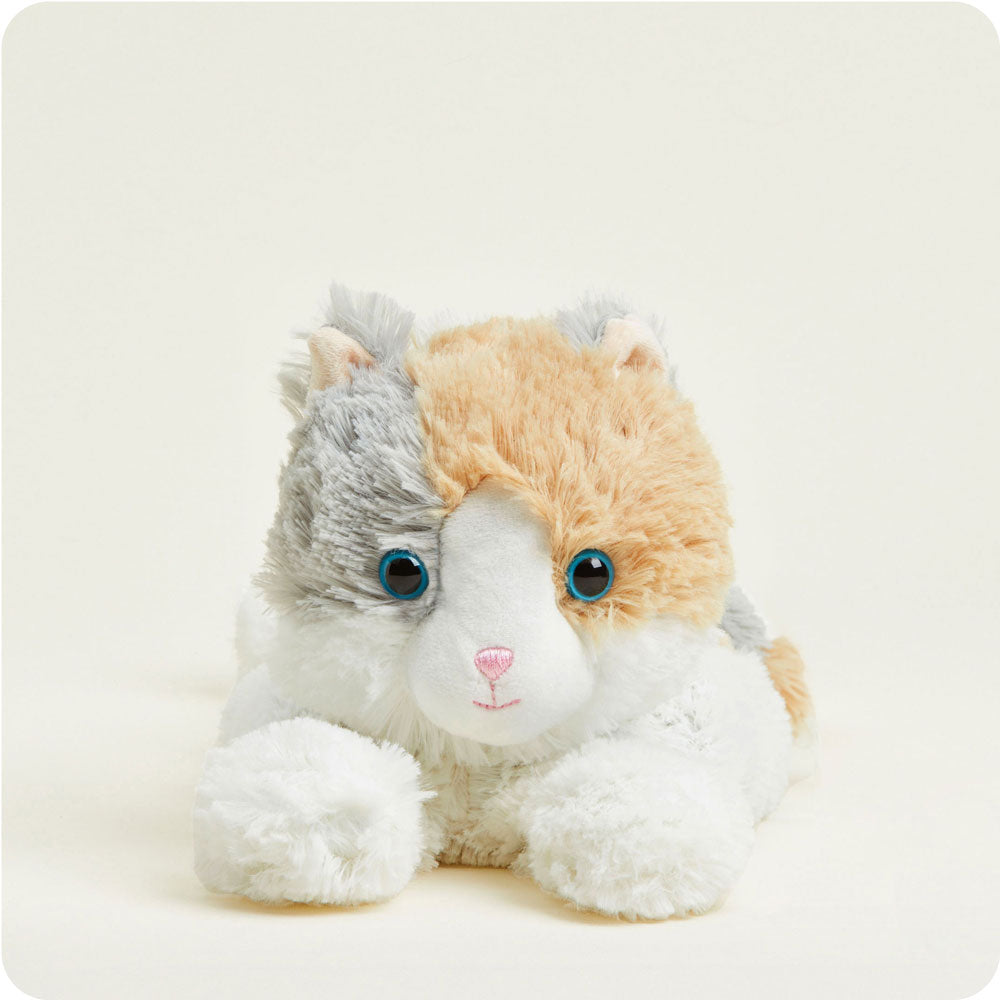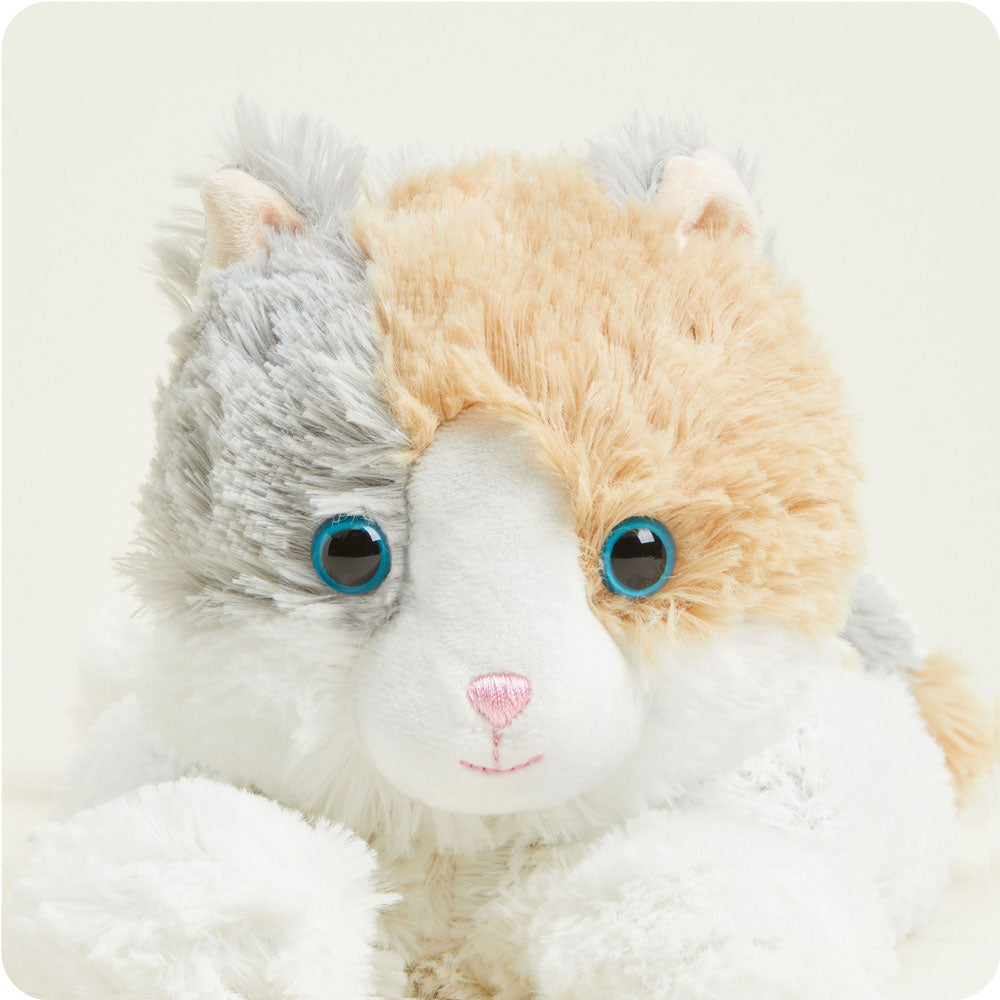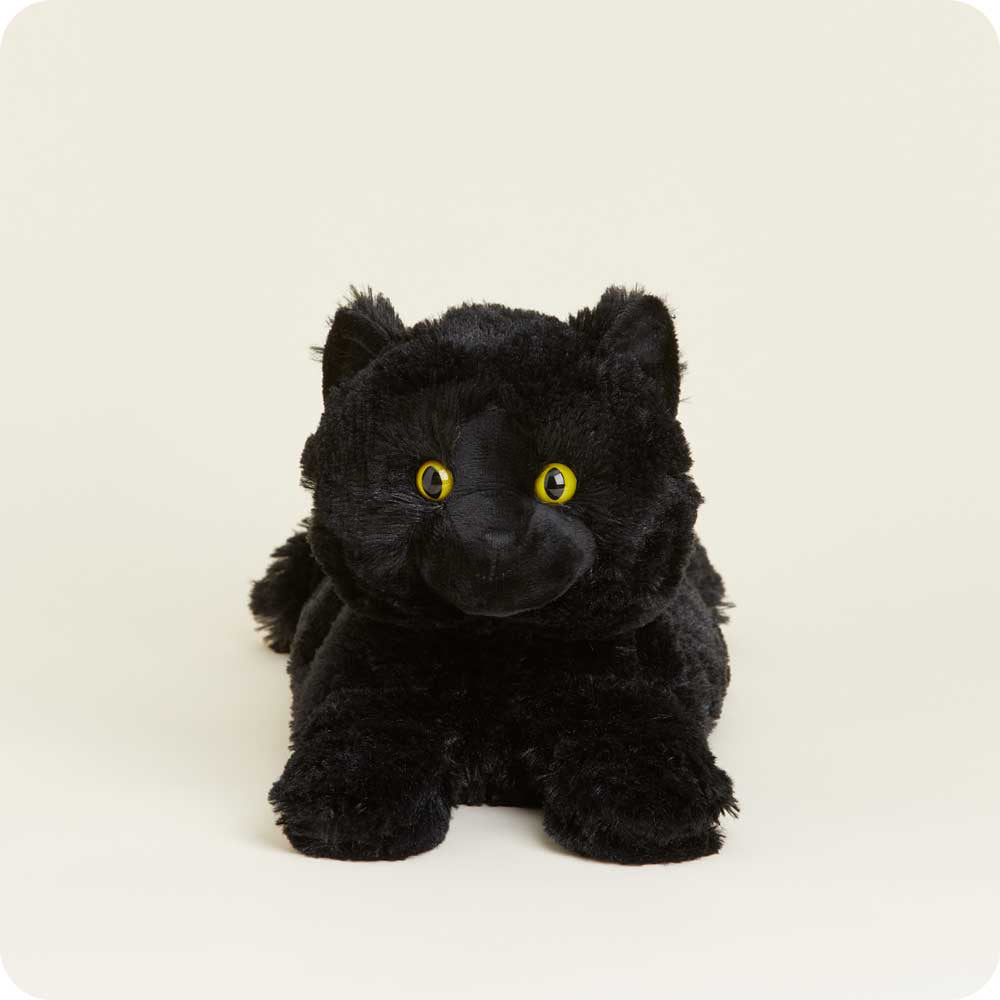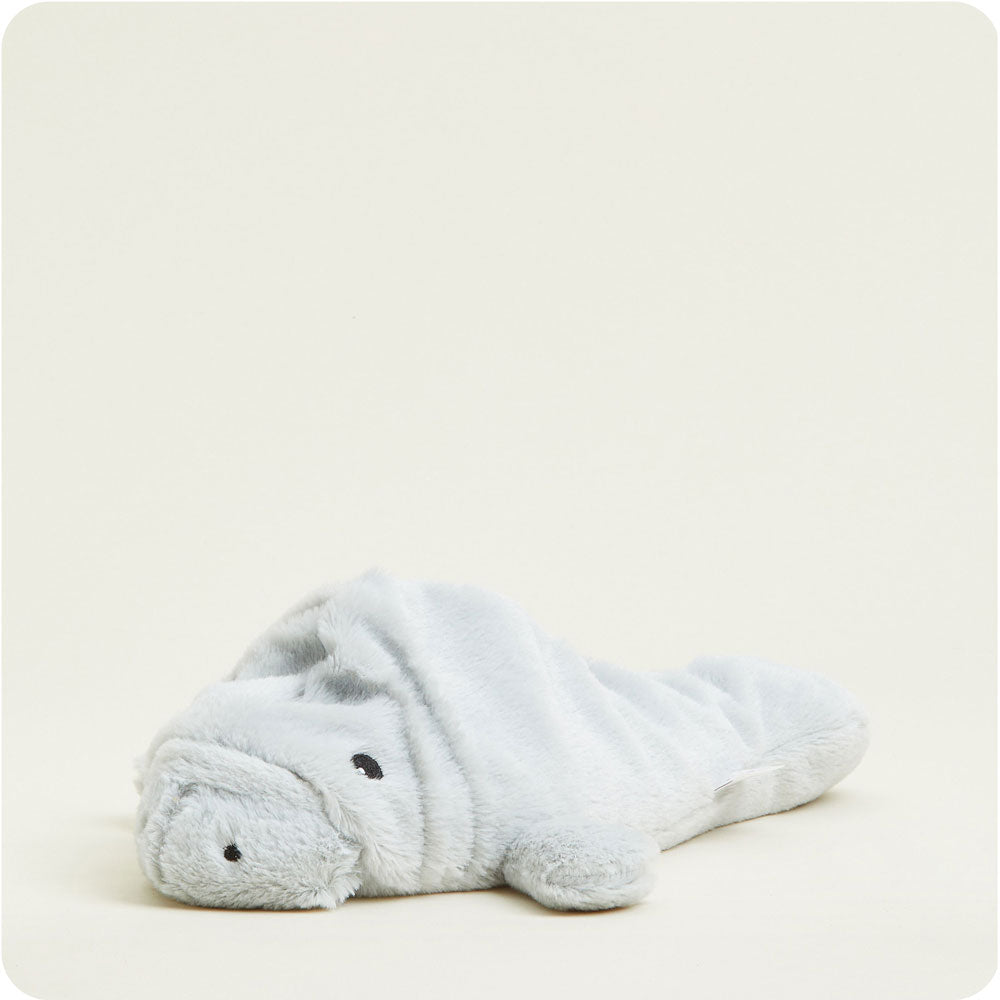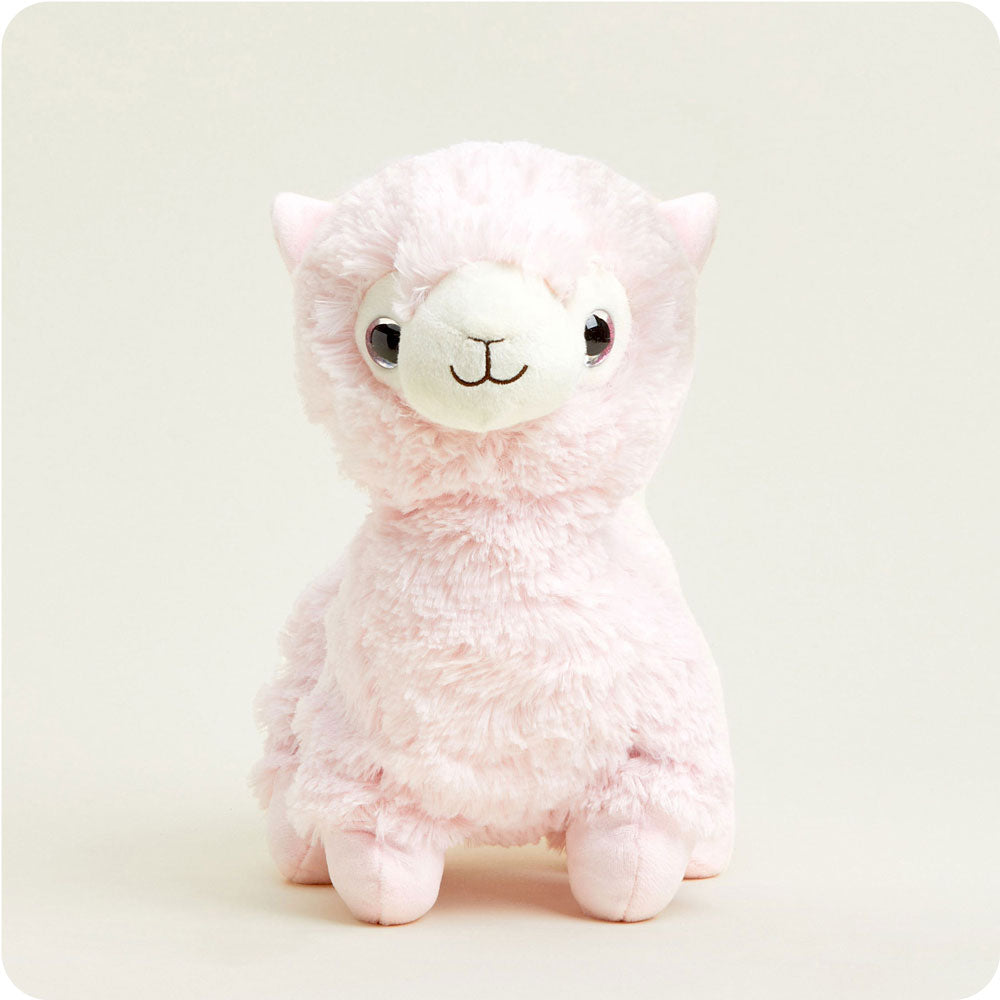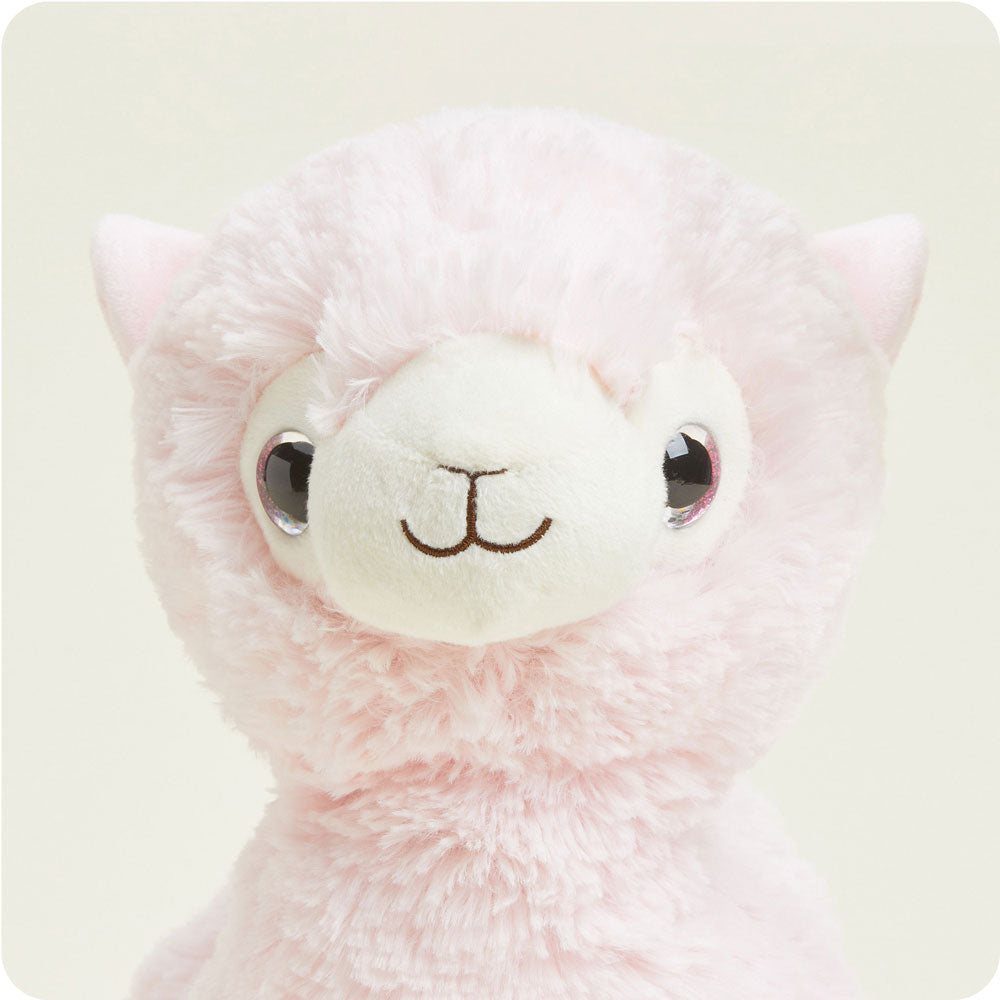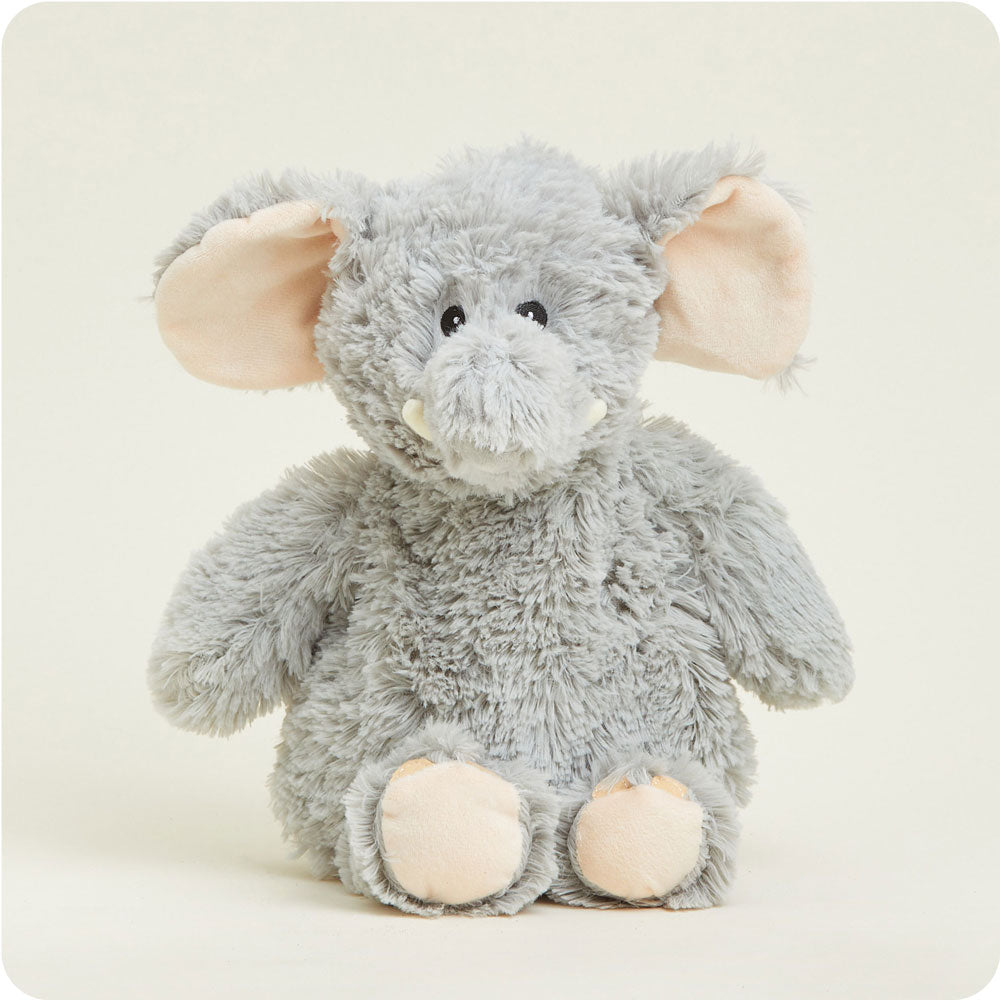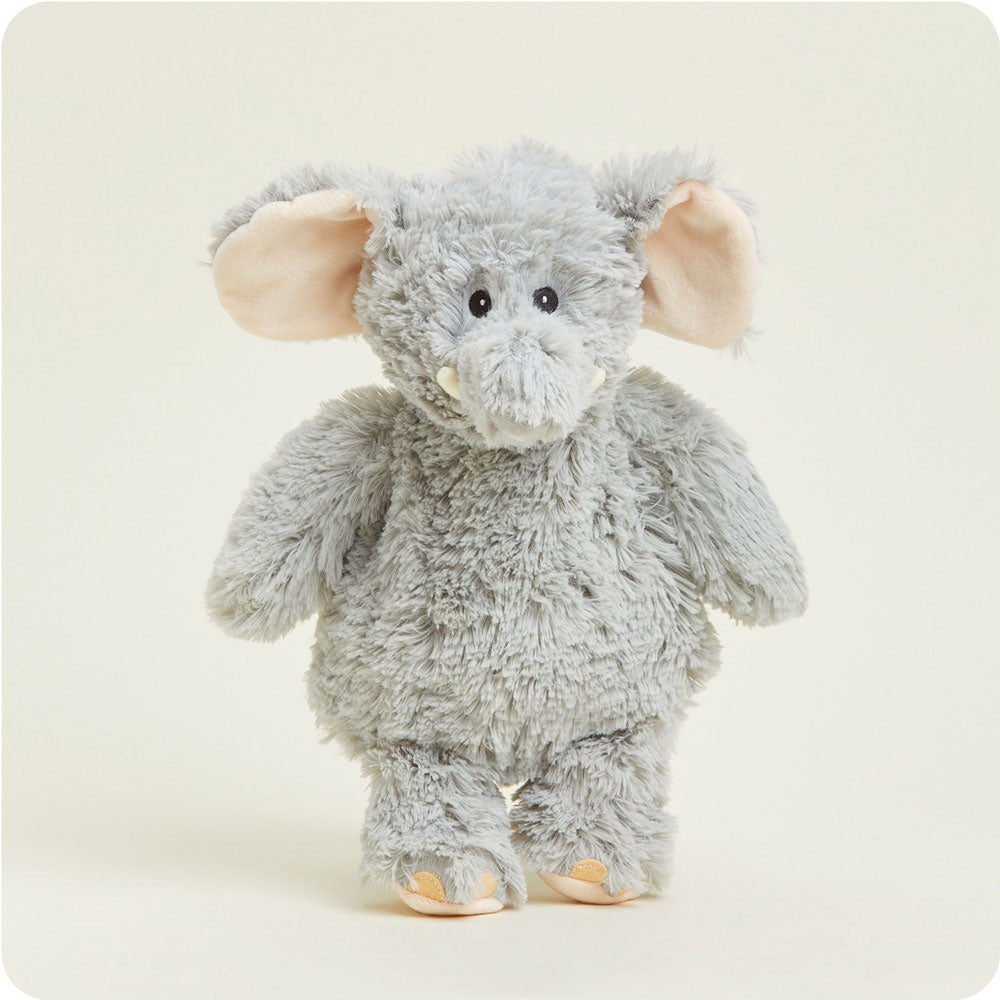Hippo Stuffed Animals: Fun Facts, Care, and More
Hippo Stuffed Animals: Fun Facts, Care, and More
Introducing the ultimate delight for hippo enthusiasts: Warmies hippo stuffed animals! These charming companions capture the essence of majestic river dwellers while offering soothing warmth and a calming lavender scent. Perfect for stress relief and emotional comfort, Warmies hippos make ideal cozy cuddle buddies for all ages. Whether as a gift or a personal treat, they combine lifelike designs with therapeutic benefits for a truly comforting experience.
What is a Hippopotamus?

Hippopotamus classification is under the family Hippopotamidae and is a large, mostly herbivorous mammal native to sub-Saharan Africa. Known for their immense size, hippos have barrel-shaped bodies covered in thick, nearly hairless skin. They possess large mouths that house impressive, tusk-like teeth which they use for defense. Adult hippos typically measure 10.5 to 16.5 feet long and can weigh 2,870 to 3,300 pounds. Their coloration ranges from a grayish-brown with pinkish underparts.
Hippos thrive in environments such as rivers, lakes, and swamps where they maintain a semi-aquatic lifestyle. The right hippo habitat is crucial to regulating their body temperature and protecting their sensitive skin from sunburn. Hippos are social animals, often found in groups called pods, which can consist of up to 30 individuals. They are known for their territorial nature, especially males, who fiercely defend their stretch of water.
The physical characteristics of hippos are a bulky body perched on short, sturdy legs. They have an enormous head, a short tail, and four toes on each foot, each with a nail-like hoof. Typically, male hippos are around 11.5 feet long, stand about 5 feet tall, and weigh a hefty 3.5 tons.
A characteristic behavior of hippos is basking in the sun on riverbanks and wallowing in water to keep their skin moist and cool. Despite their seemingly docile appearance, they can be highly aggressive when threatened.
The conservation status of hippos is vulnerable, primarily due to habitat loss and poaching for their ivory-like teeth. Conservation efforts are critical to ensuring the survival of these magnificent creatures in the wild.
What Animals are Hippos Related to?

The hippo evolutionary history is fascinating, and there are some surprising hippo relatives in the animal kingdom. Despite their bulky, land-dwelling appearance, hippos are most closely related to whales and dolphins. This connection is a result of their shared ancestry within the order Cetartiodactyla, a grouping that includes both cetaceans (whales, dolphins, and porpoises) and even-toed ungulates like pigs and ruminants.
The evolutionary lineage of hippos traces back to ancient semi-aquatic mammals. Around 55 million years ago, these ancestors began diverging into two major groups: one leading to modern cetaceans and the other to modern hippos. This means that the closest living relatives of hippos are actually whales and dolphins. Whales, including the massive blue whale, the acrobatic humpback whale, and the deep-diving sperm whale, share a common ancestor with hippos. Despite their aquatic adaptations, whales exhibit some skeletal and molecular similarities to hippos.
Dolphins, known for their intelligence and playful nature, are also animals related to hippos. Species like the bottlenose dolphin, orca (killer whale), and common dolphin share a similar evolutionary path. Porpoises, although smaller and less well-known, like the harbor porpoise and the critically endangered vaquita, also fall within this related group.
Beyond cetaceans, hippos share a more distant common ancestor with pigs from the Suidae family. This explains some structural and behavioral similarities. Additionally, hippos belong to the Artiodactyla order, which includes ruminants like cows and deer. Though their evolutionary paths diverged earlier, hippos still share some ancestral traits with these animals.
While hippos and their aquatic relatives like whales and dolphins have evolved unique traits to adapt to their environments, they retain key similarities that reveal their shared ancestry. For example, hippos and cetaceans both exhibit a thick layer of subcutaneous fat, essential for insulation and buoyancy in water. This fascinating evolutionary journey highlights the diverse adaptations and shared traits among these seemingly disparate animals.
Where Can You See Hippos?

Wondering where to see hippos in real life? You’ve got options! Hippos can be found in both the wild and in well-regarded zoos and aquariums around the world. In their natural habitats, some of the best places to see hippos in the wild include iconic African national parks and reserves. The Serengeti National Park in Tanzania is renowned for its vast landscapes and is home to numerous hippos along the Grumeti and Mara Rivers. Botswana's Okavango Delta, a UNESCO World Heritage site, offers exceptional opportunities to observe hippos, especially during the dry season when they gather in concentrated water sources. South Africa's Kruger National Park and Zambia's South Luangwa National Park also provide excellent viewing, particularly along the Luangwa River.
For those preferring to see hippos in captivity, several top zoos and aquariums feature immersive exhibits. The San Diego Zoo in the USA showcases hippos in a spacious enclosure allowing visitors to view them above and below water. Disney's Animal Kingdom in Florida offers a safari experience with hippos in a naturalistic habitat, while the Berlin Zoo in Germany and Singapore Zoo provide educational exhibits mimicking their natural environments.
To maximize the chances of seeing hippos in zoos, visiting during early morning or late afternoon when they are most active is advisable. Guided tours led by knowledgeable rangers enhance the experience, offering insights into hippo behavior and the conservation efforts supporting their habitats.
What Do Hippos Eat?

So what do hippos eat? The hippo diet may surprise you! Just because these majestic creatures may appear ferocious, doesn’t mean they are. Hippos are herbivores with a diet primarily consisting of grasses, though they may occasionally consume fruits and aquatic plants.
In the wild, they graze on land during the night, covering significant distances to find suitable vegetation near water sources. Hippo feeding habits are effective, as their massive mouths and tusks help them tear grass and other plants. In their natural habitats, hippos find and consume food by grazing on grasses and aquatic plants along riverbanks and lakeshores during nocturnal foraging sessions. In captivity, hippos are fed a diet that typically includes hay, fruits, and specially formulated herbivore pellets to ensure nutritional balance. Despite their size, they are efficient grazers, consuming large quantities of vegetation each night to sustain their energy needs.
7 Fun Facts About Hippos

Hippo trivia! Did you know hippos are more than just hefty river dwellers? Below are seven fun facts about hippos
- Hippos Are the Third-Largest Land Mammals:
After elephants and white rhinos, hippos are the third-largest land mammals on Earth. Adult males can weigh up to 3,300 pounds, while females typically weigh slightly less.
- Hippos Can't Swim or Float:
Despite spending a significant amount of time in the water, hippos can't swim or float. They move by pushing off the bottom of the river or lake, using their buoyant bodies to glide through the water.
- Hippos Have Unique "Blood Sweat":
Hippos secrete a red, oily substance from their skin that acts as a natural sunscreen and antibiotic. This secretion, often called "blood sweat," protects their skin from the harsh sun and prevents infections.
- Hippos Communicate Through Subsonic Sounds:
Hippos are known for their loud grunts and bellows, but they also communicate through subsonic vocalizations that can travel through water. These sounds help them stay in contact with each other even when submerged.
- Hippos Can Hold Their Breath for Up to 5 Minutes:
Hippos can hold their breath underwater for up to five minutes. They have a reflex that allows them to automatically resurface for air while sleeping underwater.
- Hippo Teeth Never Stop Growing:
The incisors and canines of a hippo never stop growing. The canines can reach up to 20 inches in length and are used primarily for defense and fighting, not for feeding.
- Hippos Are Surprisingly Fast:
Of all the interesting hippo facts their speed is the most often overlooked. Despite their bulky appearance, they are quite agile and can quickly charge when threatened. On land, hippos can run at speeds of up to 19 miles per hour over short distances.
Hippos in Pop Culture

Hippos in movies and pop culture have left a lasting impression through a variety of memorable portrayals. Gloria from "Madagascar" stands out as a beloved character and one of the most famous pop culture hippos of all time. Known for her confident and fun-loving personality in the animated series voiced by Jada Pinkett Smith. In Disney's "Fantasia," Hyacinth Hippo waltzes gracefully through the "Dance of the Hours," showcasing a whimsical and anthropomorphized depiction of hippos.
In literature, hippos also make notable appearances. Famous hippos in books include Jules Verne's adventurous novel "Hippopotamus" which features a hippo named Jules, adding an intriguing element of exploration to the narrative. Aaron Zenz's children's book "The Hiccupotamus" and Sandra Boynton's "But Not the Hippopotamus" explore hippos in charming and humorous ways, appealing to young readers with imaginative tales.
Beyond books and films, hippos appear in video games like the "Zoo Tycoon" series, where players can manage exhibits and learn about conservation efforts. In art and advertising, hippos' distinctive shape and charm often feature prominently in logos, mascots, and artistic expressions that range from playful to majestic.
These diverse portrayals in media influence public perception by showcasing hippos as characters with unique personalities and roles. Whether as comedic figures in animation, adventurous protagonists in novels, or educational subjects in games, hippos captivate audiences and contribute to a broader appreciation of their ecological importance and cultural significance.
Can I Have a Hippo as a Pet?

Keeping a real hippo as a pet is not practical or safe for various reasons, some of which are plain to see. Hippos are massive animals, weighing thousands of pounds and requiring large bodies of water and extensive space to roam, which is unfeasible for most households. Their herbivorous diet is substantial and costly to maintain, and their territorial nature makes them potentially dangerous. Due to these factors, it's illegal in many places and ethically unsound to keep hippos as pets.
For those seeking comfort and companionship without the challenges of caring for a real hippo, Warmies hippo stuffed animals offer a cozy and safe alternative. These plush toys provide warmth and soothing scents, making them a comforting companion for relaxation and bedtime. Unlike real hippos, Warmies hippos are designed for cuddling and emotional support without the practical and ethical concerns of wild animal ownership.
Warmies hippos offer a range of benefits that make them a popular choice for comfort and relaxation. Firstly, a Warmies hippo stuffed animal can be heated in the microwave, providing soothing warmth ideal for cold evenings or easing muscle tension. This feature not only keeps users cozy but also promotes a sense of relaxation and comfort.
In addition to warmth, Warmies hippos are infused with natural grain and dried French lavender. When heated, they emit a gentle lavender scent known for its calming properties. This aroma helps reduce stress and anxiety, making them perfect companions for winding down after a long day or preparing for a restful night's sleep. Lisa C. is one of the 140K+ customers who has given Warmies 5-stars, writing “Super cute & smells great. Stays warm for a long time.”
Many people hail Warmies as their snuggly addiction, such as this customer, who said, “I Love my little hippo he is so cute and cuddly l. I have become addicted to Warmies they are all so cute, I now own three”-Hipredhead (Utah, US)
The plush fabric used in Warmies hippo is exceptionally soft and cuddly, ensuring a comforting embrace for both children and adults. Their design prioritizes safety and ease of use—simply heat them in the microwave according to the provided instructions, and they're ready to provide hours of warmth and relaxation. Mellissa D from Pennsylvania gave Warmies as a gift, writing “I ordered this Hippo for my Grandma who has dementia because her favorite color is purple. She loved it so much it has a place on her bed. She has so many they are scattered throughout the house!” - Melissa D (PA, US).
Overall, Warmies hippos combine practical warmth, soothing lavender aromatherapy, and plush comfort into one delightful package. Whether used as a bedtime buddy, a stress-relief aid, or a cozy companion during chilly weather, a pet hippo Warmies offer a gentle and effective way to promote relaxation and well-being for everyone in the family.
How to Care for Your Warmies Hippo

Caring for a Hippo Warmies is easy! Hippo Warmies are made with safe ultra-plush materials. As Warmies are heatable and chillable, they need to be cleaned in the Warmies Care Guide. Below are Warmies care instructions including how to heat Warmies hippo pets and the best practices for cleaning Warmies stuffed animals.
How to Heat Warmies Hippo
- Place Warmies in your microwave.
- Heat for 30-90 seconds, remove.
- Enjoy over an hour of warmth!
Check out Warmies FAQ page for more specifics on safety and microwavable plush instructions.
How to Chill a Hippo Warmies
- Place in a zip lock-style bag.
- Place in your freezer for at least 2 hours.
- Remove from freezer and bag.
- Enjoy cool relief and refreshing snuggles.
How to Clean Warmies Stuffed Animals
Hippo Warmies must be spot-cleaned by hand. Never wash your Warmies in the washing machine and avoid submerging them in water.
- Use a damp sponge or towel to lightly spot-clean your Warmies.
- Gently use a soft brush to refresh their plush fur.
- Stored in a cool, dry place after cleaning and use.
Why Hippos and Warmies Make a Great Pair

Hippos and Warmies hippo stuffed animals form a perfect pairing for hippo enthusiasts of these majestic creatures. Warmies hippo benefits include not only capturing the charm of these river dwellers, with their cuddly nature and lifelike designs but also practical uses like soothing warmth and calming lavender scent. They provide emotional comfort and relaxation, making them ideal companions for anyone seeking warmth and stress relief. As gifts, Warmies hippos appeal to all ages, offering both a soft, huggable friend and a therapeutic tool for relaxation and comfort. For hippo enthusiasts, Warmies hippos embody the essence of these fascinating animals in a cozy and comforting form.









